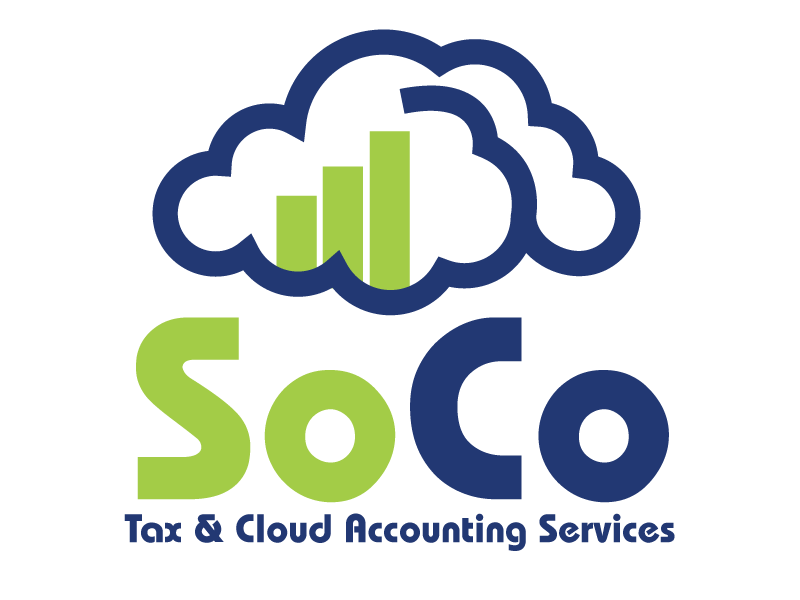Say No to the Spreadsheet
The finance chief at tech company Adobe recently said that the widespread use of spreadsheets mean that his teams struggle to keep on top of their jobs.
When Xero’s gets new partners on board, at the “Welcome to Xero” events, the finance chief always asks if the prospect of instantly getting 300 new clients on their books fills them with excitement or dread.
Unsurprisingly, most say dread. Of course, increasing your client base is good for business, but not necessarily for an accountant’s workload.
So, what’s holding them back? The majority of firms he speaks with say they still rely on spreadsheets to manage their jobs, deadlines and responsibilities, but is this the best use of time?
Is it time to move on?
In this day and age its surprising how many people are content to stick with spreadsheets rather than explore great cloud based alternatives for practice management.
One accountant said that he was thinking about selling his job management spreadsheet complete with macros and pivot tables to other accountants so they could replicate his work.
When managing content, spreadsheets can be a massive time drain. They are static, prone to error, don’t allow you to generate internal reports and don’t enable a collaborative approach with your client. Most importantly, they’re not scalable.
Of course, spreadsheets are not completely obsolete as they can still be useful for some data insights.
Cloud software versus Spreadsheets
Cloud based Practice Management software maximises efficiency and give firms the chance to scale up using API’s and other tools that are designed to create a better client experience.
As a practice grows, there will be more jobs, deadlines, and responsibilities to consider. The margin for error is minimal, and it’s essential that the client experience is second to none if they want to continue on this trajectory of growth.
What to look for in Practice Management Software
A good Practice Management platform on which accountants can manage systems and reports for their clients should:
Integrate with other websites, proposals and systems to prevent duplication
Attach emails, documents, notes and timesheets directly to jobs
Create projects when they are due, and allocate them to staff members with no manual intervention
Store client data, showing relationships, groups and potential or risks
Ensure staff members follow the same steps when completing client engagements and returns
Allow managers and partners to access and view job and client data from anywhere, at anytime
Build recurring practice reports so practices can manage on an exception basis
Give time back to accountants and bookkeepers so they can focus on client experience and value
Before Xero, the finance chief founded and ran his own practice. It was tough going it alone in a rapidly growing practice. He struggled to keep track of the various jobs and deadlines, especially after opening an office in another city. It also took time to find correspondence and notes when clients queried something down the line.
What did help, was when he started using good Practice Management Software to track and record everything, like XPM.
The practice management software is a great option for accountants who are using manual systems to manage their practice. It’s available for a minimal fee for smaller practices and is free for partners who are Silver and up.
If you’ve never used cloud based software such as this to manage your team, deadlines and jobs, it’s probably the best time to begin planning for how you want to run your practice in 2018.
Contact our team to help you get started.
Source:
https://www.xero.com/blog/2017/12/say-no-spreadsheet/
